Did President Trump make any progress toward ending the war in Ukraine after successive meetings with Vladimir Putin, Volodymyr Zelensky and key NATO partners?
The short answer is “yes – but it’s very slight, and there are still formidable obstacles, which could block a final deal.” The biggest obstacles are Ukraine agreeing to cede sovereign territory and Russia agreeing to the presence of a combined European-American military force within Ukraine, meant to prevent another Russian attack.
The joint military force is the most important proposal to emerge from Monday’s meeting. We already knew Ukraine would have to cede territory – or “swap it” as Trump delicately puts it.
The fact that we know anything from Monday’s meeting is a stark contrast to Trump’s earlier meeting with Putin. The Alaska meeting yielded no significant public comments. Yes, Putin spoke, but he said nothing. Trump didn’t take questions and, of course, Putin didn’t. Neither the principals nor their aides leaked to the press.
The absence of any real information didn’t stop the talking heads on cable news from pontificating. After all, they have 24 hours to fill, even if they have nothing to say.
Their vacuous blather was like the tale of a man who finally consented to see a psychiatrist for his serious psychosexual troubles. The best way to diagnose the issue, the psychiatrist said, would be to get the patient’s response to some inkblots. After looking at one after another, the patient refused to speak. Finally, the exasperated doctor said he needed some kind of response. “Look,” the patient said, “I didn’t come here to look at dirty pictures.”
That reflexive response is exactly how the cable-news channels and major national papers covered the Alaska summit. They had only an inkblot to look at, no hard news to report, so they said the meeting illustrated whatever they already thought about Trump, good or bad. Senators and Congressmen did the same thing. Low-information commentary.
Monday’s meeting with Zelensky was different. It yielded some hard news for two reasons. One was familiar. Trump posted some informative “readouts” on Truth Social, something he didn’t do after Alaska. The second reason was very public and very important: we have never seen so many pillars of the NATO alliance come to the White House at one time.
Equally important, we have rarely seen them express such unity in the post-Cold War era. Europe’s leaders avoided any hint of disappointment or cleavages within the alliance. That’s good news for the Western Alliance and bad news for Putin. Why? Because he has consistently tried to drive a wedge between Washington and Europe and because a joint US-European military force is likely to be a central feature of any final deal.
That prospect of Western troops in Ukraine is not a happy one for Putin, who denies Ukraine is even a country or deserves to be one. It’s still rightly part of Russia, he says – openly and repeatedly. That’s why Russia immediately rejected any “NATO-like” security guarantees for Ukraine, which are implicit in stationing US and European forces near Ukraine’s borders with Russia. The only wiggle room is that the rejection came from a Kremlin spokesman, not from Putin himself. So far.
Western unity also implies how NATO members will react if they believe Russia, not Ukraine, is blocking a settlement. Much as Trump wants to avoid a deeper commitment to the war, he may conclude that Putin will bargain only if he faces more punishment. That would mean more Western arms for Ukraine and stiff sanctions on Russia oil exports. Trump would still expect Europe to foot the bill for American armaments.
Why is Putin so opposed to Western troops in Ukraine, even if that country is not admitted to NATO or given a formal “Article 5” security guarantee, which states that an attack on one member is considered an attack on all?
Putin has good reasons, both symbolic and tangible. The symbolic reason is that Western troops would be a visible symbol that Ukraine is now part of Western Europe, joining states that were once part of the Warsaw Pact and dominated by Moscow.
The tangible reason is that Western troops would prevent Putin from reneging on any territorial deal and launching another war to take Ukrainian territory. This deterrence is not based on the ability of Western troops in Ukraine to defeat a Russian invasion. There might not be enough initially to defeat a major invasion. Rather, Western troops would serve as a tripwire, ensuring any full-scale Russian invasion would kill Western troops and guarantee a brutal military response. The key word here is “guarantee.” No Western government could tolerate the unprovoked slaughter of its soldiers.
The same kind of tripwire was the implicit rationale for stationing US troops in West Germany during the Cold War. There weren’t enough troops there to stop the much larger Red Army, but there were plenty to serve the tripwire function. Their death at Soviet hands would guarantee Washington would enter the war, just as it did when Japan bombed Pearl Harbor.
Putin understands both the symbolic and tangible effects of stationing Western troops in Ukraine. That’s why he won’t easily agree to it.
On Tuesday, President Trump significantly weakened the tripwire element of any deal by stating, unambiguously, that the United States would not place any troops on the ground in Ukraine. That means only European NATO members would have troops stationed there. But, since Ukraine wouldn’t be a NATO member and since no US troops would be vulnerable to a Russian attack, the tripwire element on any deal is significantly weaker. The US might well ramp up support for Ukraine if Russia breached the agreement, but only lethal attacks on US troops could guarantee a powerful, lethal response from Washington, making American troops a far better deterrent than those from its European partners.
So, what’s the next step to try and end the war? Another meeting, this one with Putin, Zelensky and Trump. Trump hopes it can be held quickly, within two weeks, but Putin has never sat down with Zelensky and considers meeting him as an equally major concession. We simply don’t know if he will agree to meet now or what pressure Trump will exert on him if he balks.
Nor do we know if Ukraine’s Parliament (the unicameral Verkhovna Rada) will approve giving Russia almost one fifth of its territory, including all of Crimea and most of the eastern Donbas area, all of which was taken by force.
The US and NATO have significant leverage here if Ukraine refuses. If they consider Ukraine the main roadblock to peace, the Western partners can pause or even stop arms shipments and stop sharing signals intelligence. Zelensky’s army cannot continue its fight without them.
For now, Ukraine’s assent is not the pressing issue. The question won’t come before its Parliament until the bilateral deal is set. Until then, expect to hear strenuous voices of opposition to ceding any territory.
The more pressing question is whether Putin will agree to meet with Zelensky, or even come to the same location, perhaps with Trump shuttling between rooms to meet with each one. The follow-up question is what Trump will do if Putin refuses. The likely answer is to provide more arms to Ukraine, paid for by the Europeans, and begin imposing sanctions on buyers of Russian oil.
Those sanctions would infuriate Putin, but they might also get him to the table. After all, Russia may have imperial dreams, but it’s really just a gas station with borders.



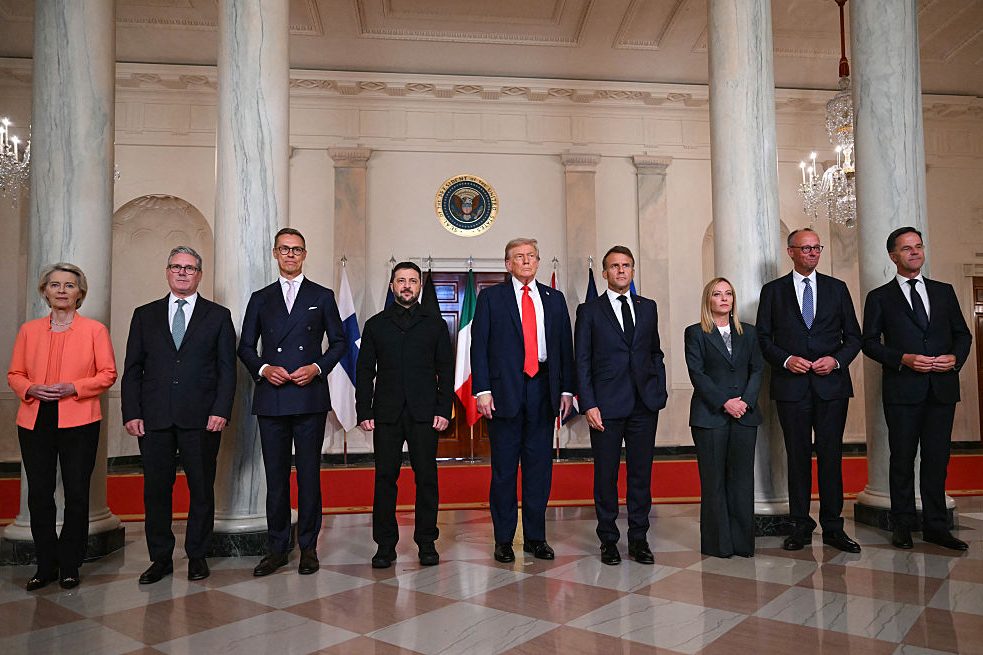






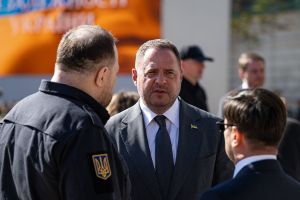
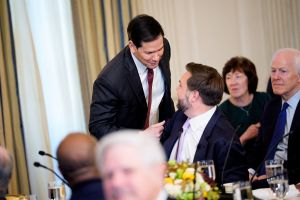
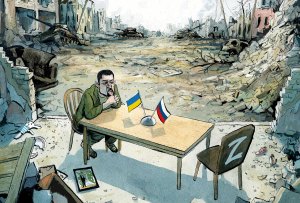
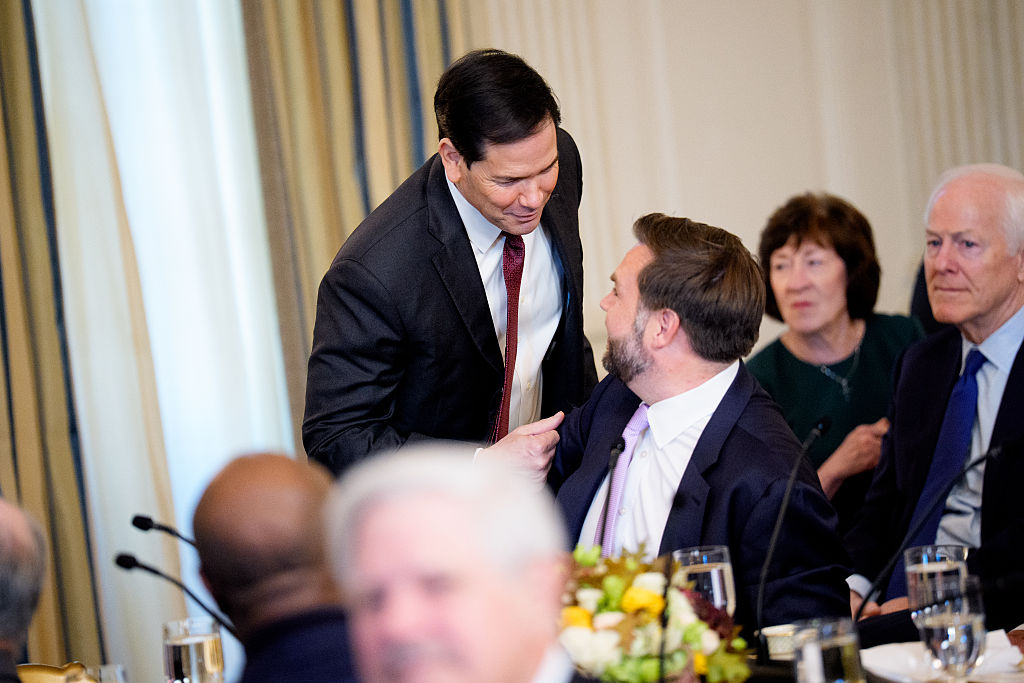
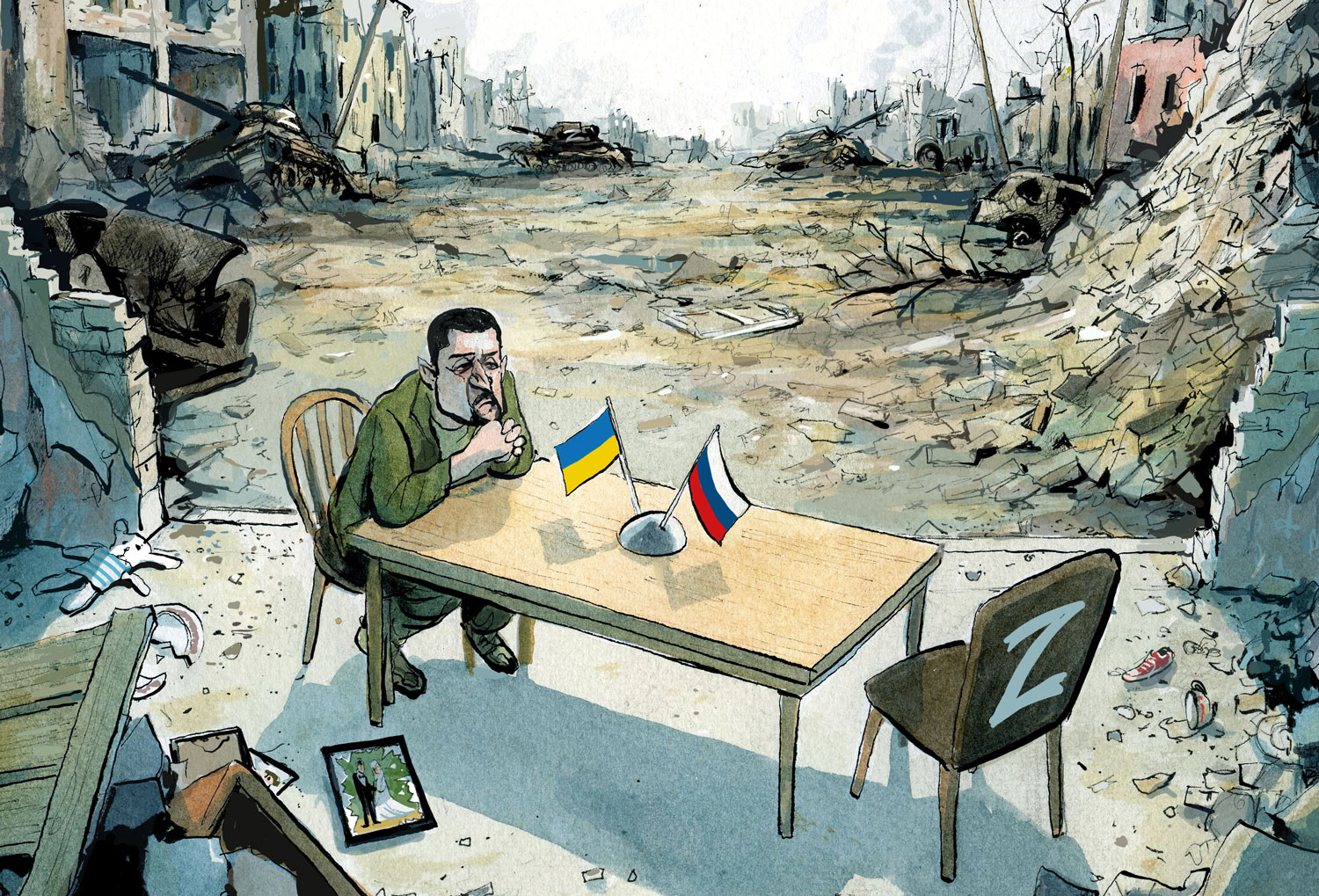
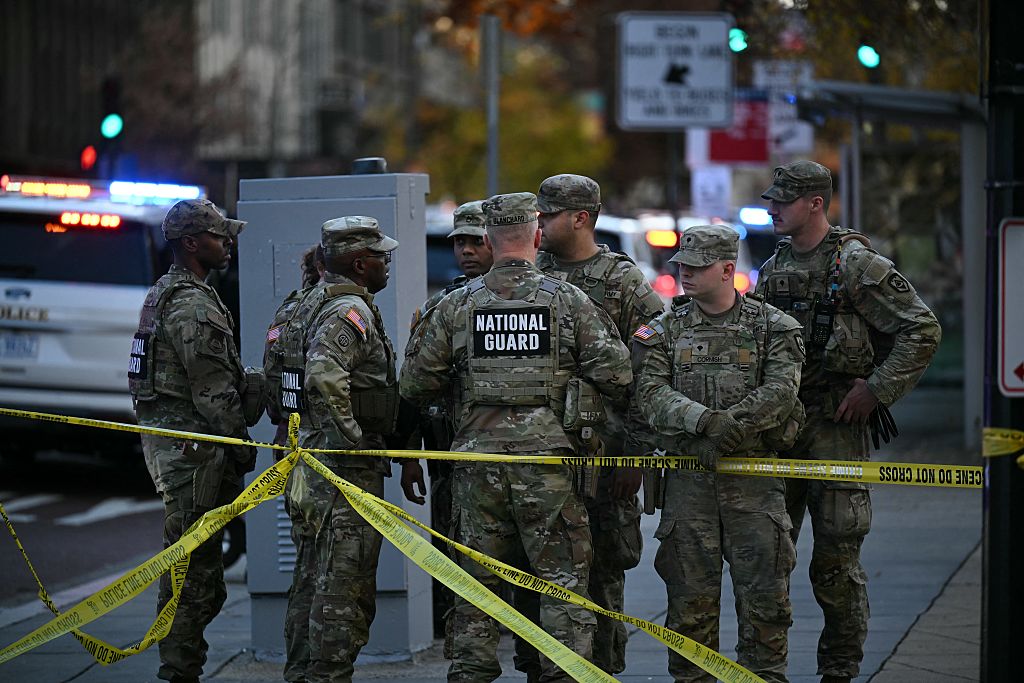
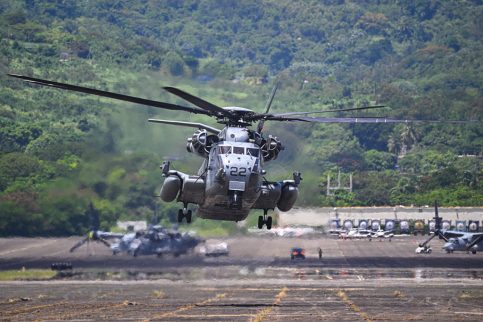
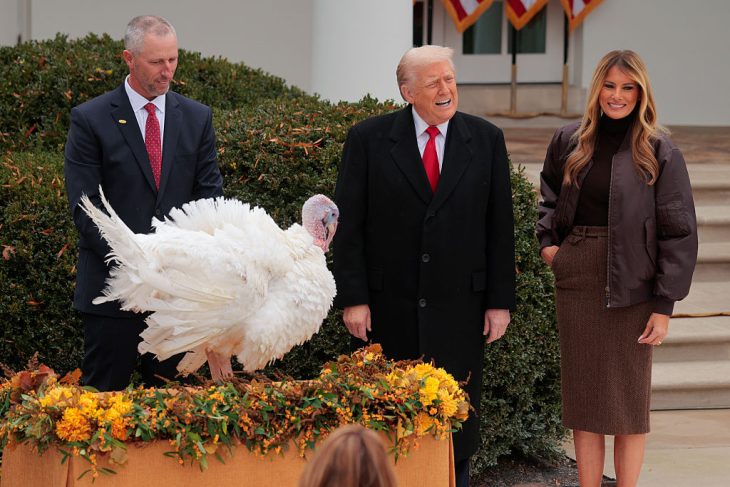
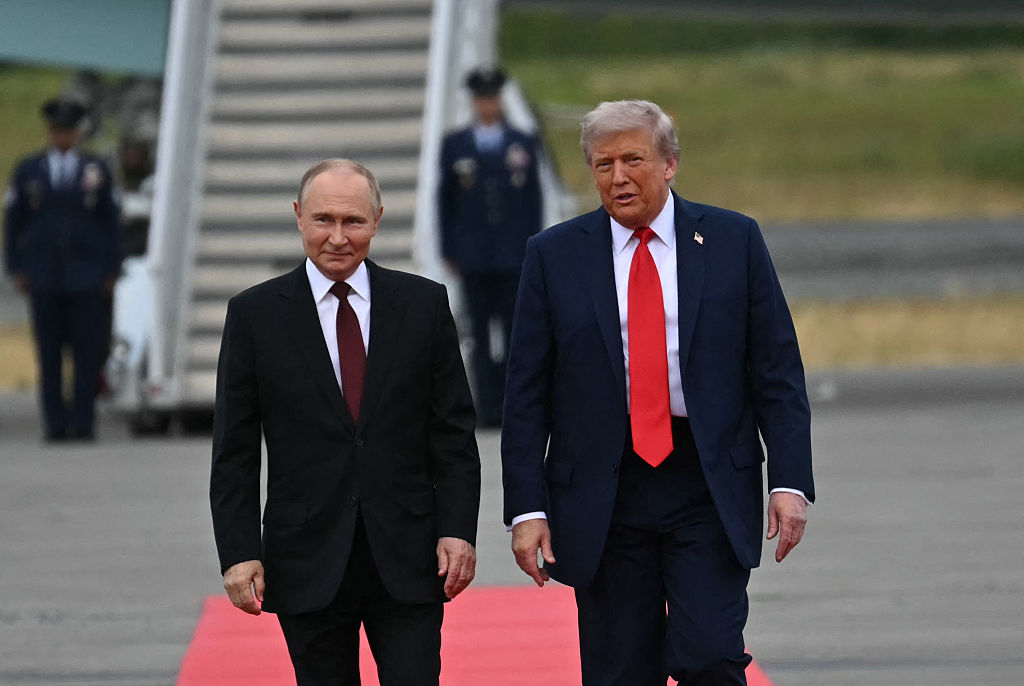

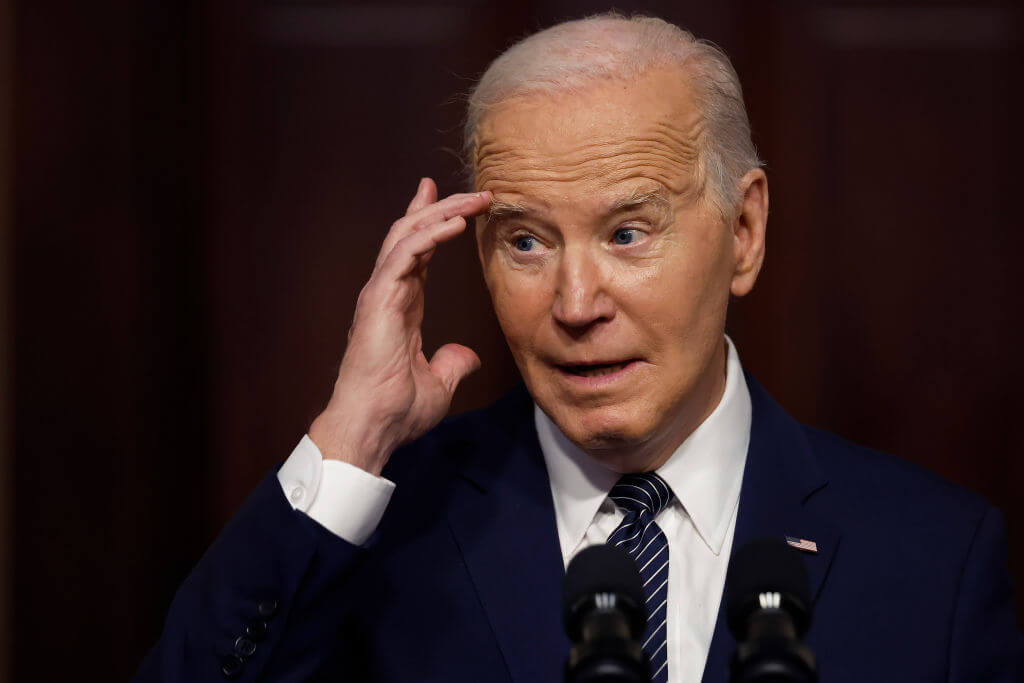


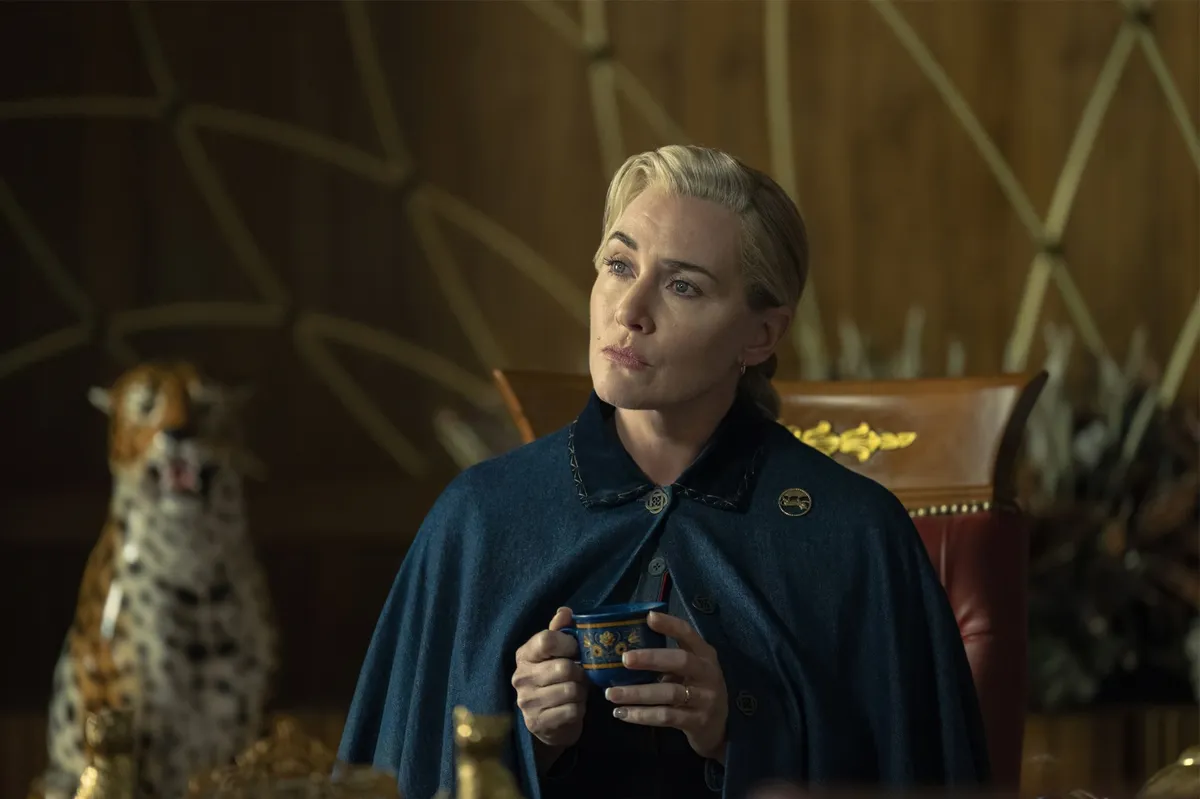
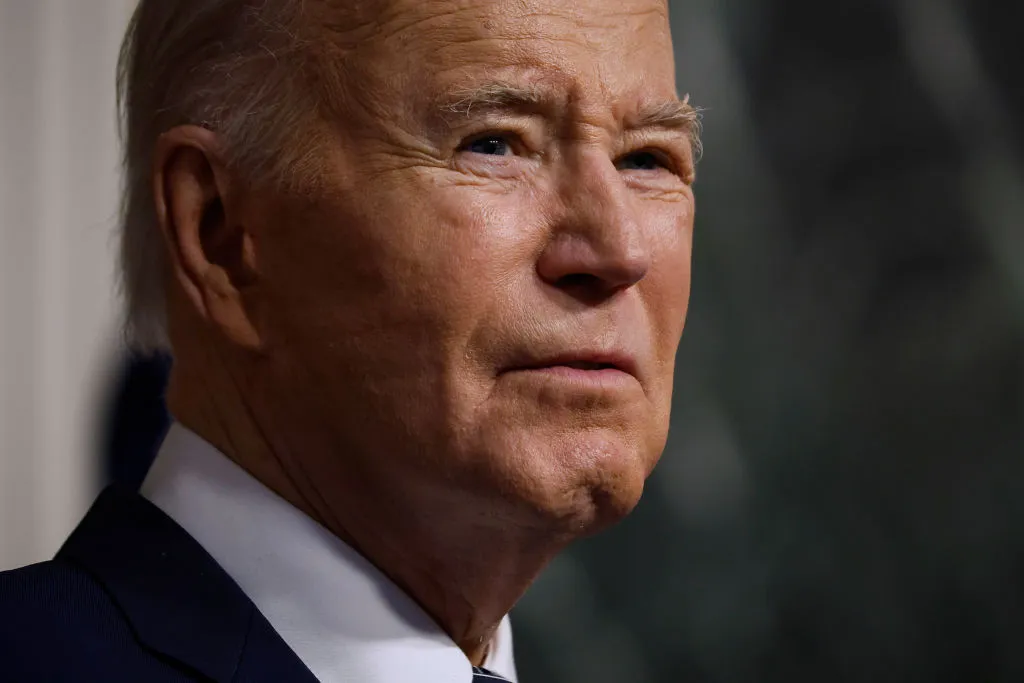

Leave a Reply